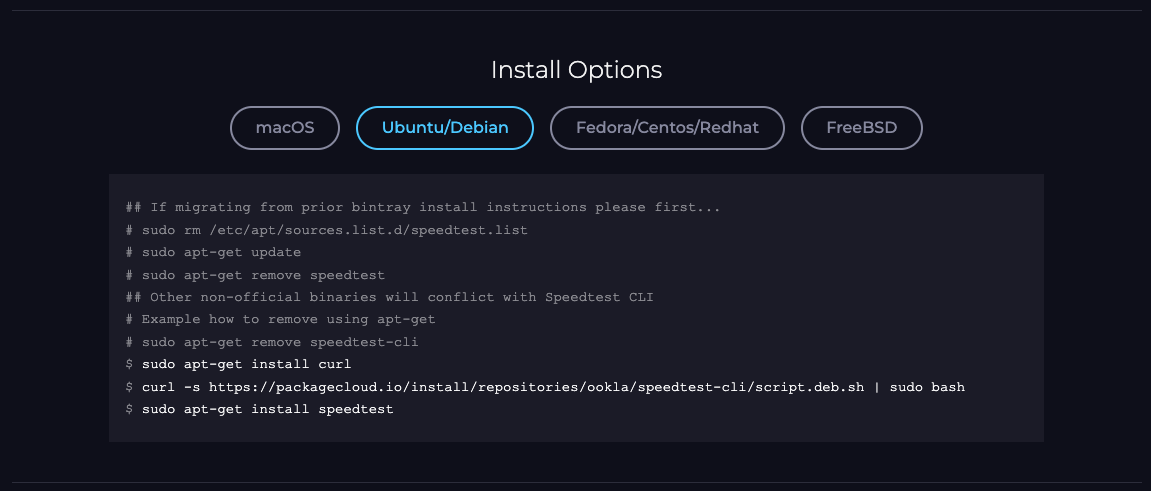VPS Service Management
Why do I have slow speed on the VPN server
To determine the cause of slow speed, run tests step by step - this way you will be able to determine on which segment of the Internet there is a "bottleneck" preventing acceleration to the full server speed. Run tests exactly at those moments when it starts to "slow down".
1. Disable VPN and check the speed from your home internet provider to our data center:
speedtest.net/server/65032 - Amsterdam, NL
speedtest.net/server/7069 - Bratislava, SK
The numbers you received are the maximum speed from the provider to the server, all questions about this speed should be asked to the provider.
This speed is not related to the server tariff you purchased. This speed depends on the home Internet tariff and the provider's channel abroad.
It's good if the download speed (DOWNLOAD) is very high, but you also need to pay attention to the return channel (UPLOAD) - it is also important. Let it be less than DOWNLOAD, but the figure should not be less than 5-10 times, otherwise it will greatly affect the download speed (DOWNLOAD).
You won't be able to speed up or accelerate anything if the provider's channel to the foreign data center is slow. Only changing the provider will help. If everything is fine with this speed and it suits you, then we move on to the next point.
2. Install speedtest on the server (speedtest-cli from the packages will not work, it is already outdated)
You can find instructions for your operating system at https://www.speedtest.net/apps/cli.

and measure the speed to the same points:
$ speedtest -s 65032
$ speedtest -s 7069The obtained values are from 100 Mbit and higher.
And to any point in your country:
$ speedtest -s 22050 # Moscow
$ speedtest -s 4317 # Tehran
$ speedtest -s 31851 # IstanbulNearest servers (id) can be obtained here (open without VPN).
If all measurements show high speed, but VPN shows low speed, then the provider is blocking the VPN protocol.
If the speeds are low, write a request to your provider, since most often the problems are with your provider's foreign channels, and not in the foreign DC.